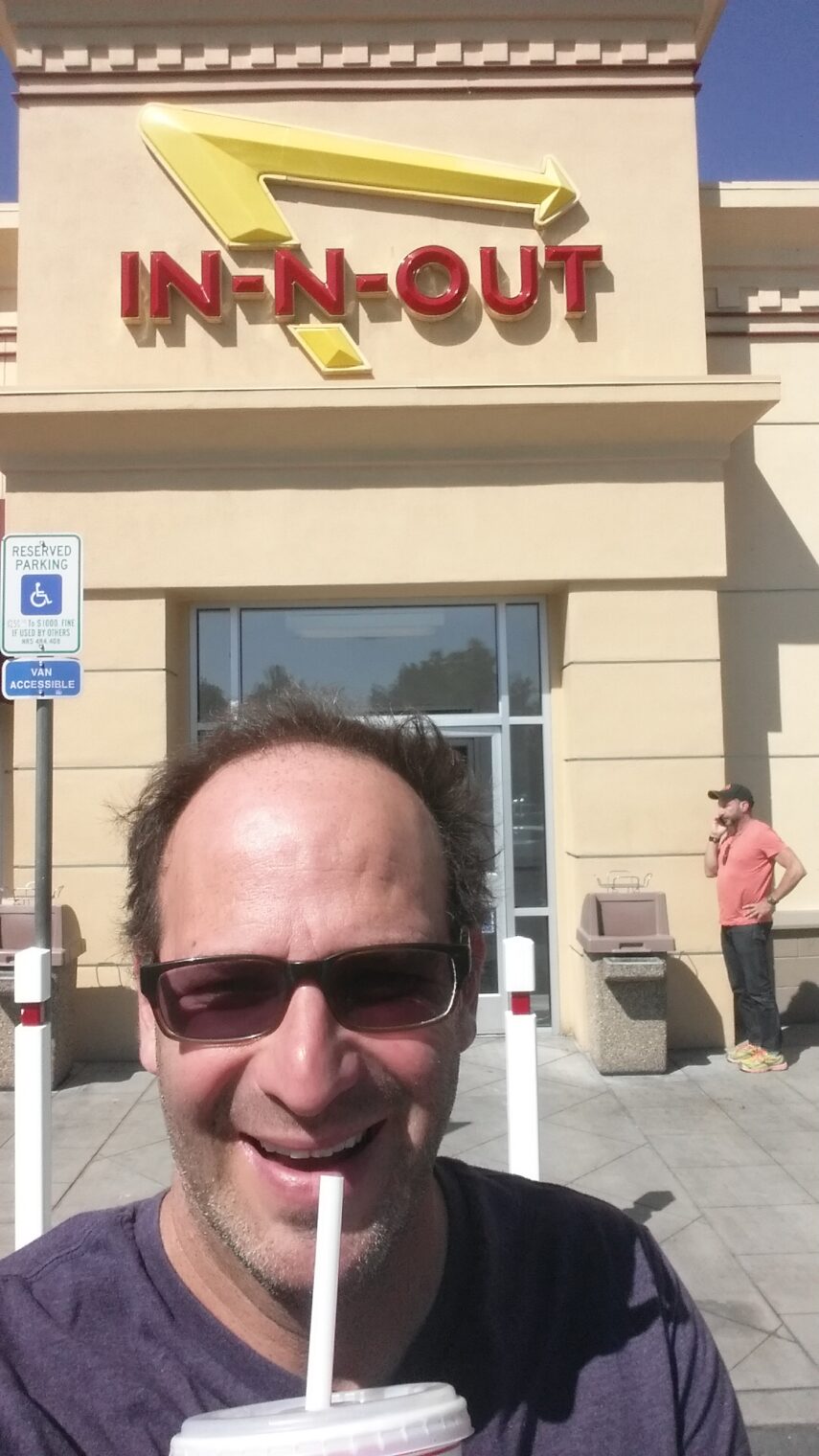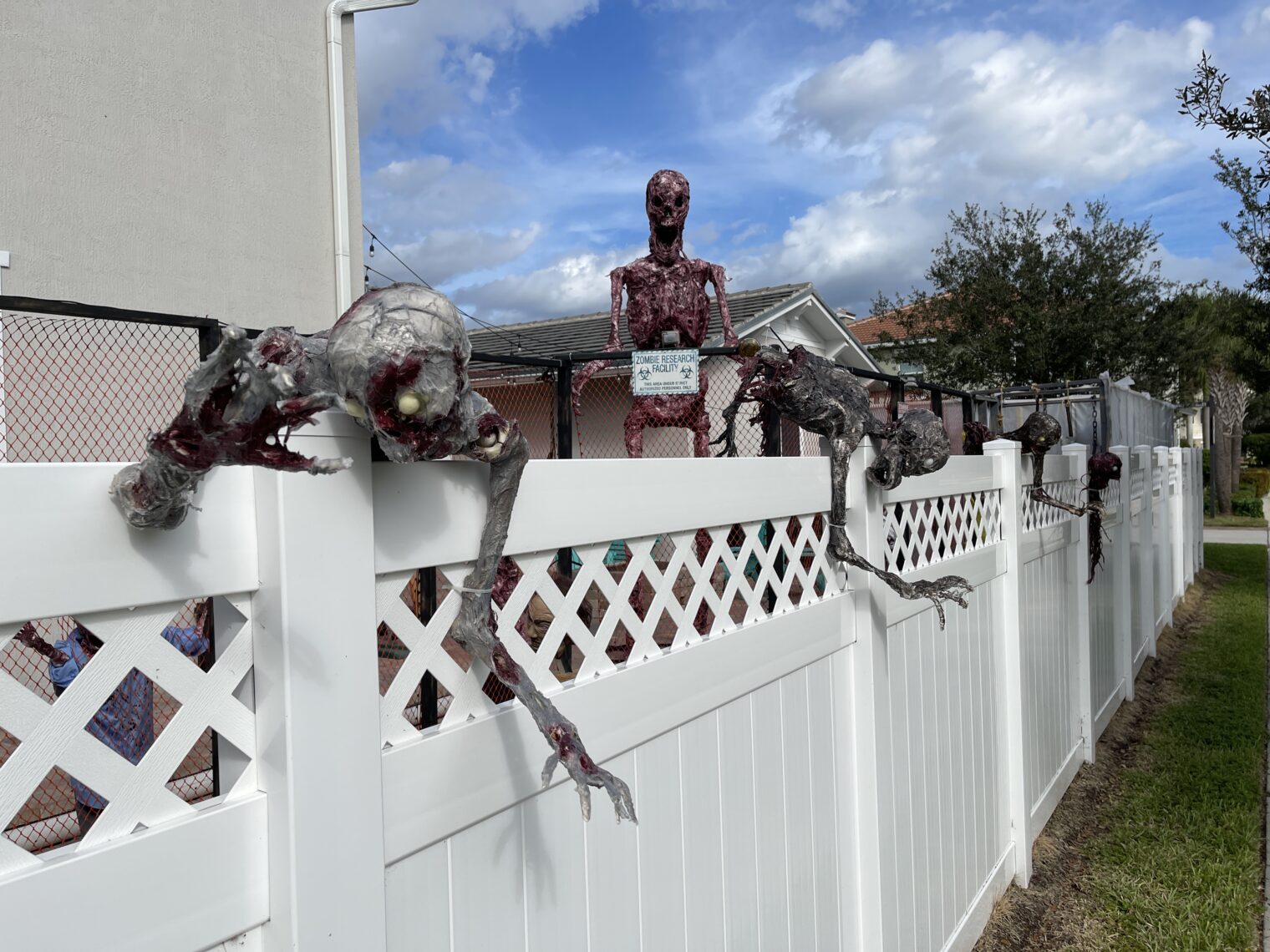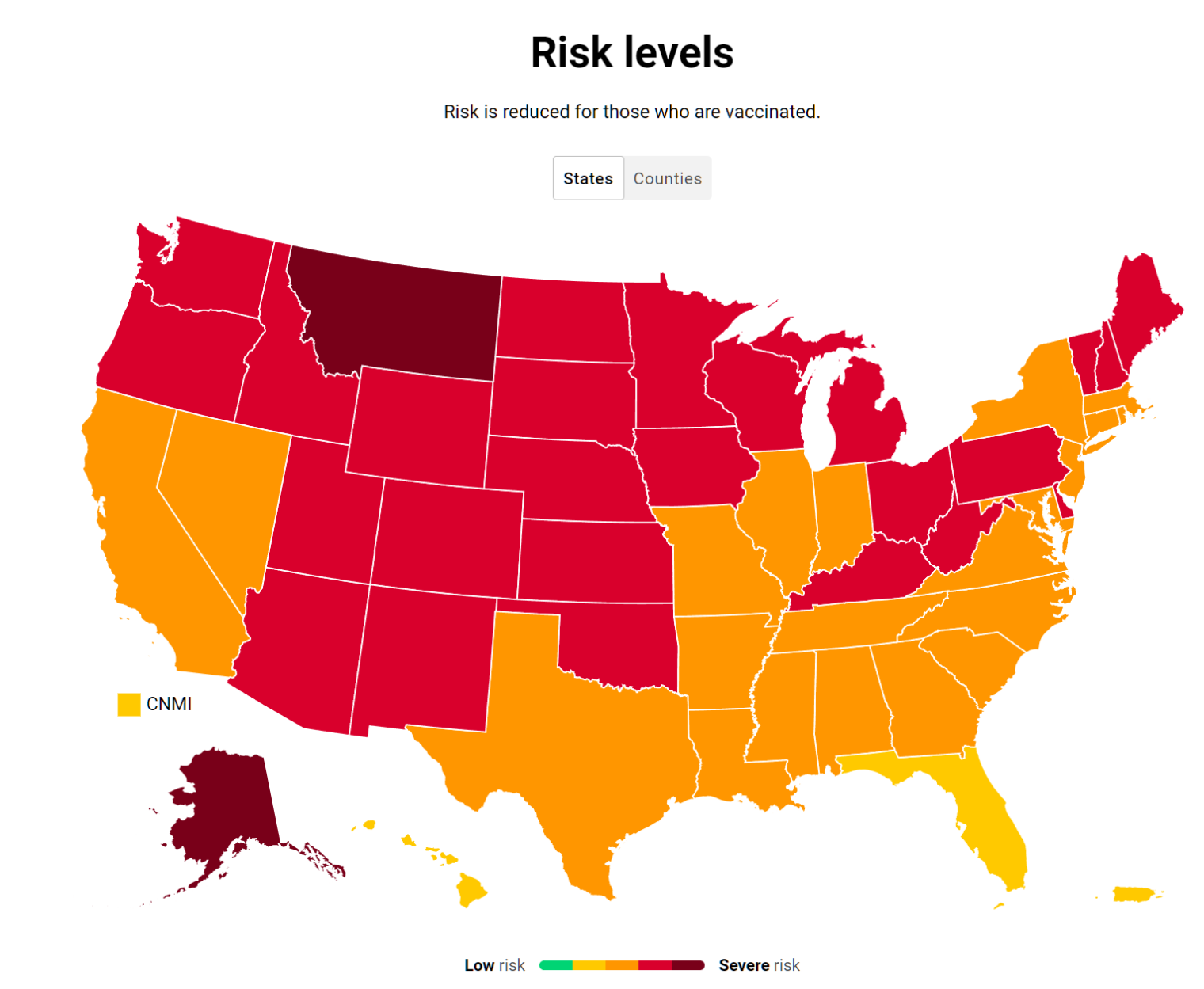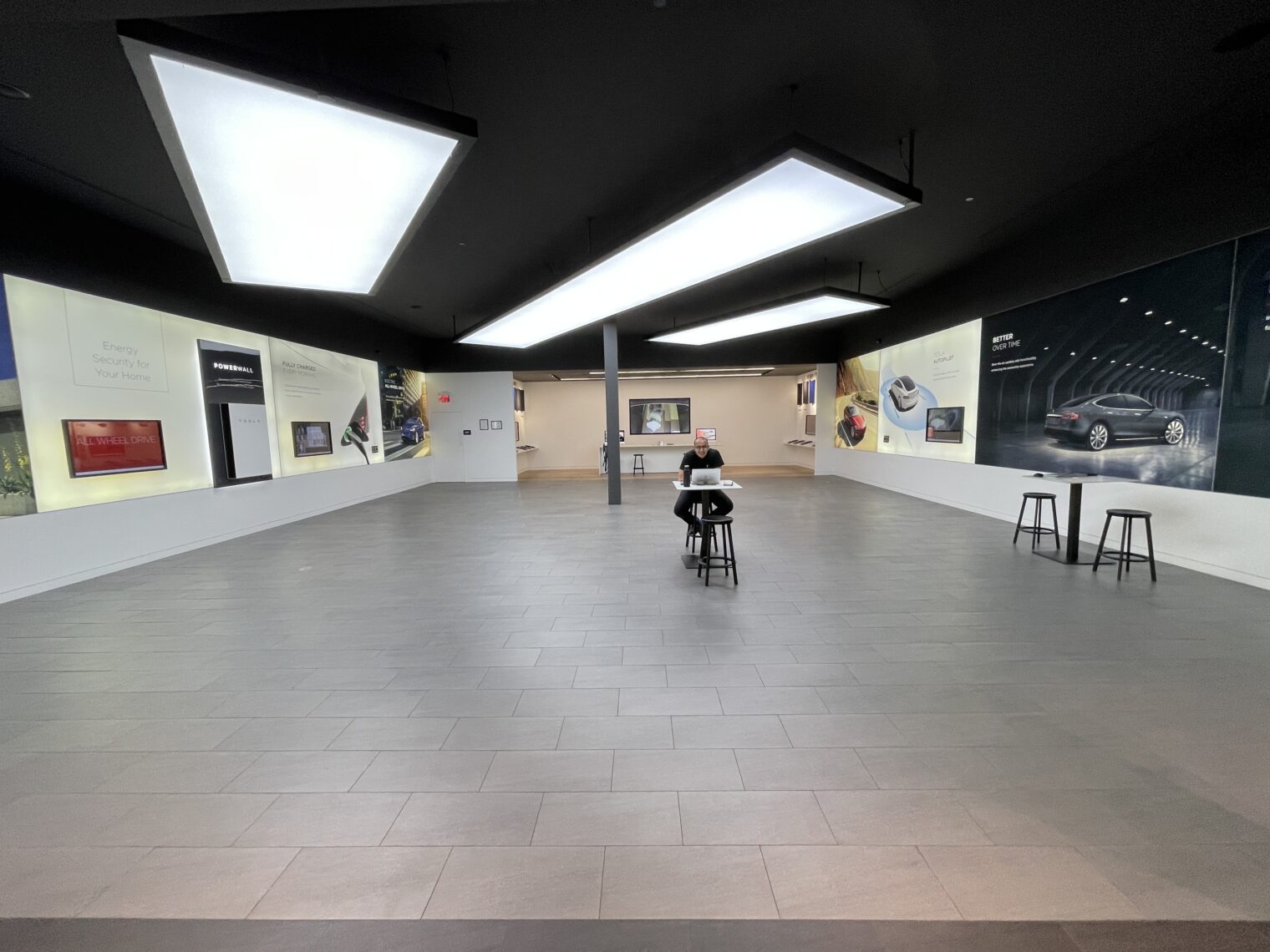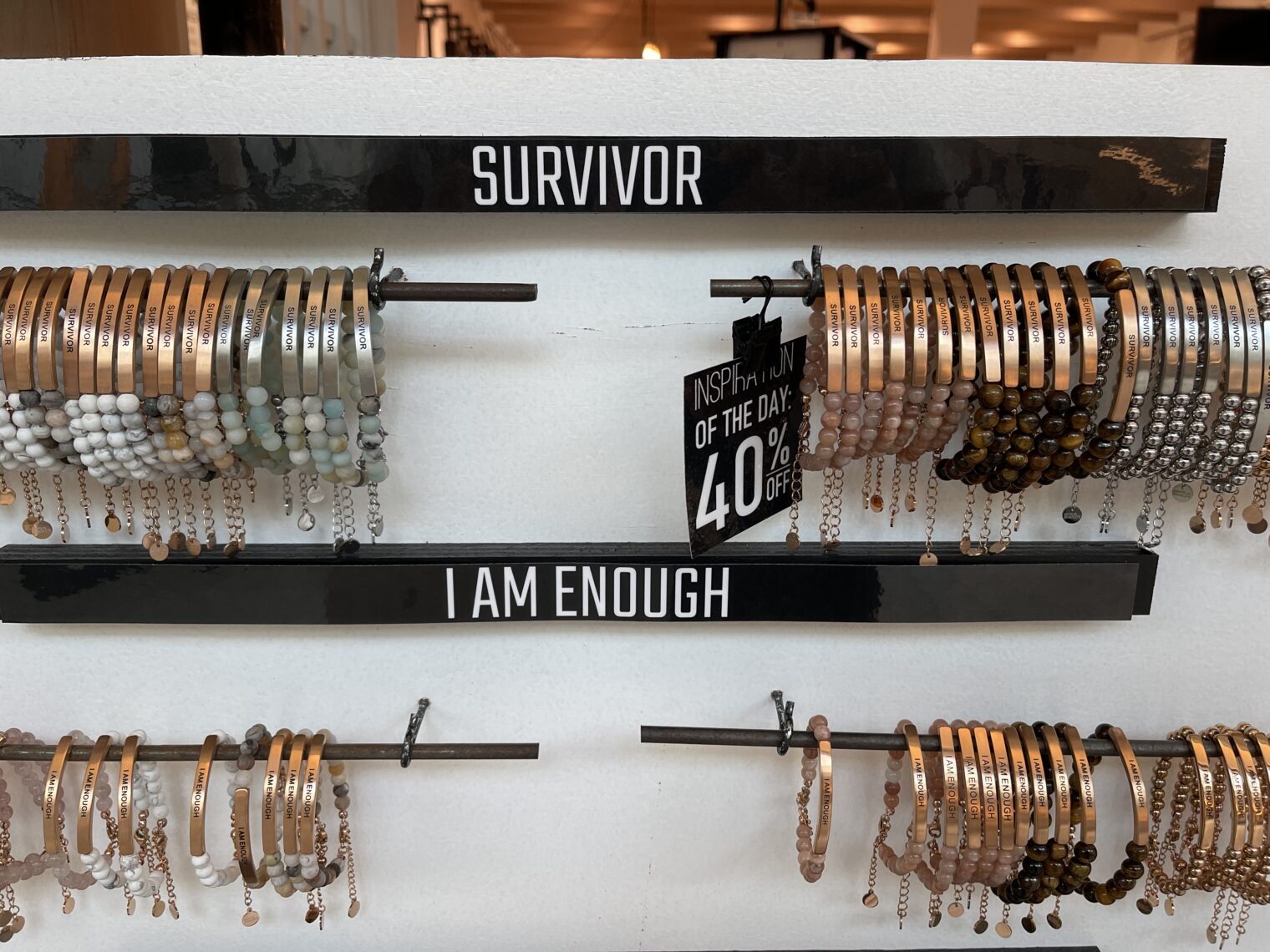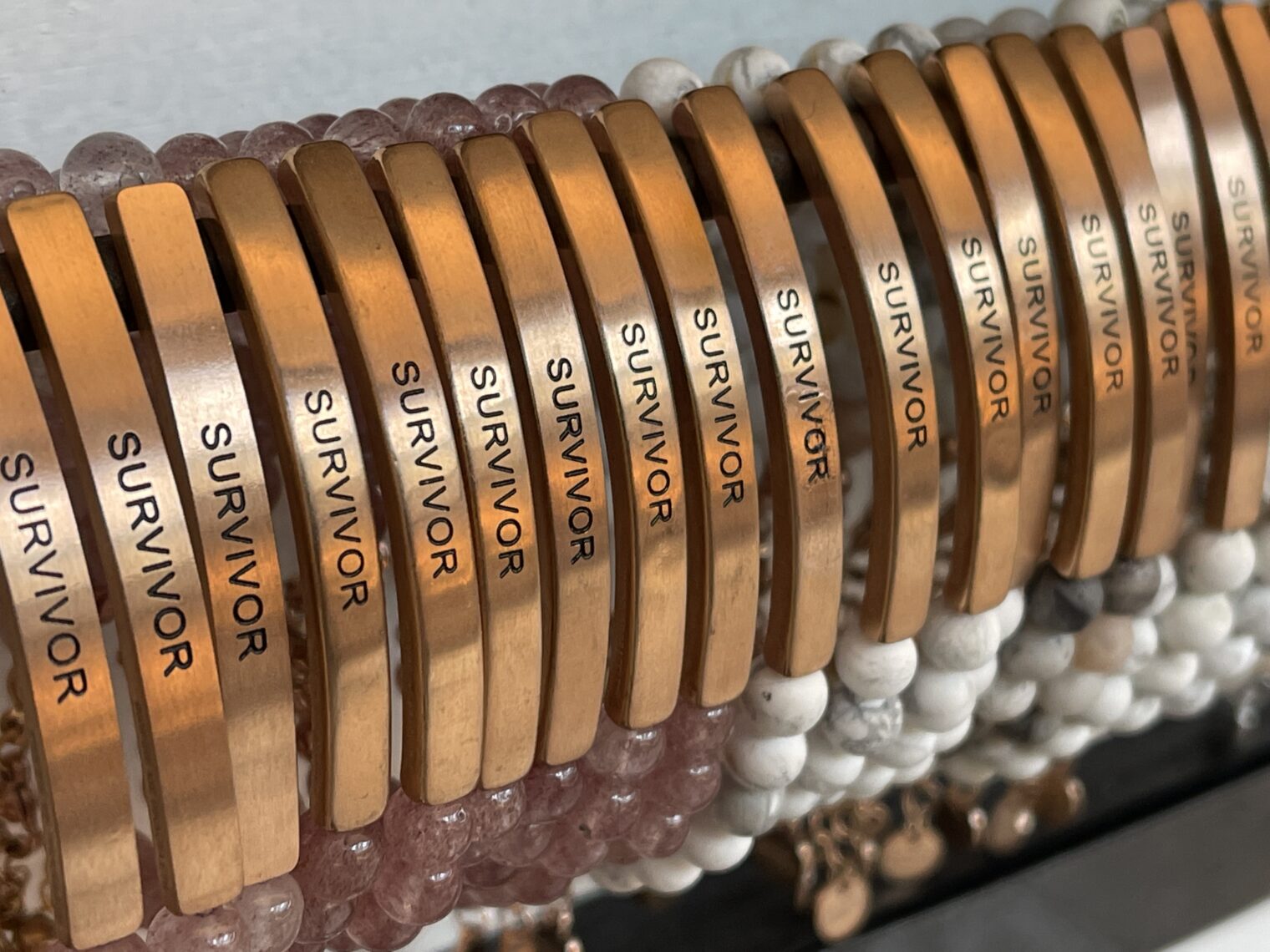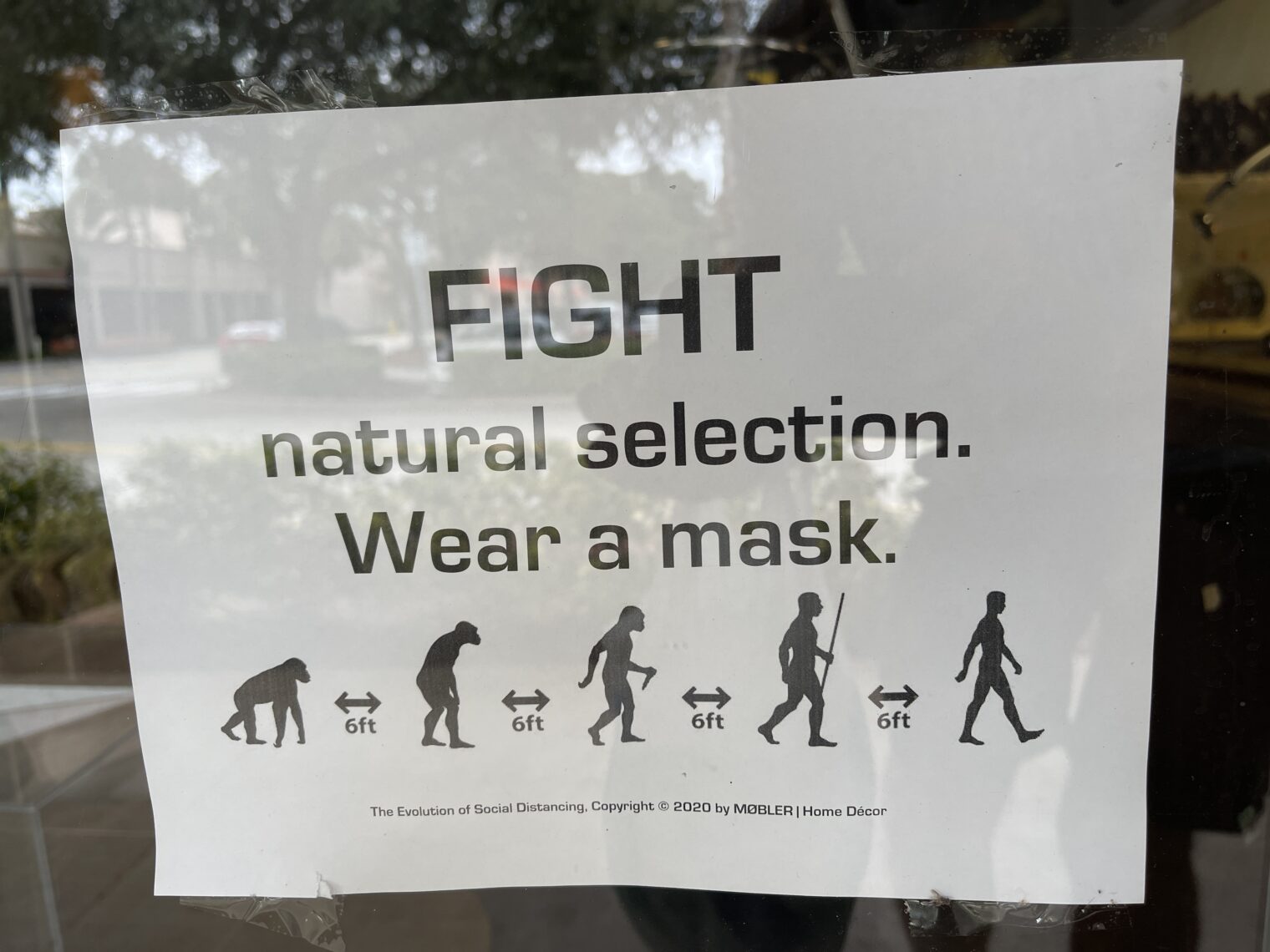Is Elon Musk one of the bigger winners from inflation?
Elon Musk gets paid more if Tesla’s market capitalization, revenue, and profit (using the fraudulent EBITDA number) rise, but the goals seem to be stated in nominal dollars, not real (inflation-adjusted) dollars. From Fortune:
Plainly the biggest driver of Tesla market cap is the baffling inability of mainstream car manufacturers to deliver a competitive product (they can’t even give us dog mode, a handful of lines of software for which an 18-year-old spec exists!). But what if investors are expecting the dollar to lose half or more of its value over the coming years of rule by Democrats? They’re throwing money into stocks, including Tesla, just to avoid holding the same type of cash that the government is printing like crazy. The revenue targets are easier to meet now that used car prices are rising (up 45 percent over a one-year period says New York Times).
How many other top executives are going to get a huge tailwind from inflation if this kind of nominal-dollar compensation plan is the norm?
Related:
- Relative importance of getting a ride from Uber versus helping the Afghan refugees (Uber executives, despite earning tens of $millions per year, want customers and shareholders to pony up $2 million to help Afghan refugees rather than contributing any money themselves)

